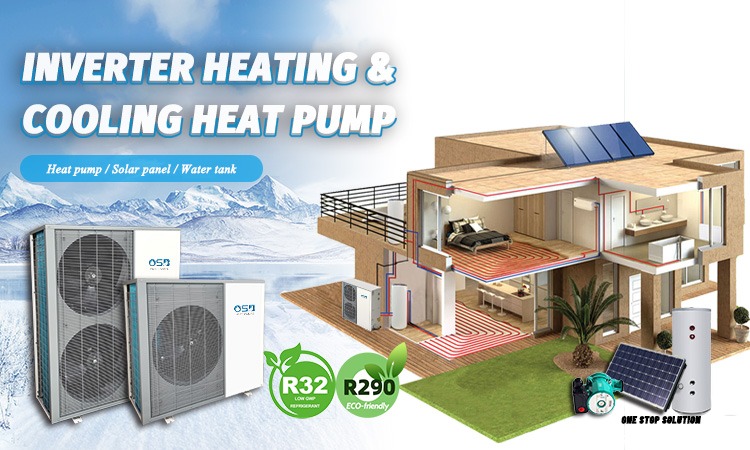A Comparison of Air Source, Ground Source, and Water Source Heat Pumps
I. Air Source Heat Pump
1. How It Works
Air source heat pumps extract heat from the air to provide heating or cooling. The primary components include an evaporator, compressor, condenser, and expansion valve. In winter, the air source heat pump extracts heat from the outdoor air, heats it, and releases it indoors. In summer, it reverses the process, transferring indoor heat to the outdoors to achieve cooling.
2. Advantages
- Easy Installation: Air source heat pumps are relatively easy to install and do not require complex underground piping or water systems.
- Lower Cost: The initial installation cost is relatively low, making it suitable for residential and small to medium-sized commercial buildings.
- Wide Applicability: Air source heat pumps are suitable for most climate conditions, particularly in regions with moderate temperatures.

3. Disadvantages
- Efficiency Affected by Temperature: The efficiency of air source heat pumps is highly dependent on outdoor temperatures. Their heating capacity can significantly decrease in extremely cold environments.
- Noise Issues: The outdoor unit can generate noise during operation, potentially affecting the comfort of the living environment.
II. Ground Source Heat Pump
1. How It Works
Ground source heat pumps utilize the relatively stable temperature below the earth's surface as a heat source or heat sink. They do this by circulating a refrigerant through a network of underground pipes (known as ground loops) to absorb or release heat. This system provides consistent heating or cooling for buildings.
2. Advantages
- High Efficiency and Stability: Because the temperature underground remains relatively constant, the efficiency of ground source heat pumps is not affected by seasonal or weather changes. They typically have a higher coefficient of performance (COP) throughout the year.
- Long Lifespan: The underground piping system of a ground source heat pump can last for 50 years or more, leading to lower maintenance costs.
- Environmentally Friendly: Ground source heat pumps reduce reliance on fossil fuels, significantly cutting carbon emissions.

3. Disadvantages
- High Initial Investment: The initial installation cost of ground source heat pumps is high, primarily due to the expensive design and installation of the underground piping system.
- Complex Installation: The installation requires sufficient land area for ground loop placement, making the process complex and time-consuming.
III. Water Source Heat Pump
1. How It Works
Water source heat pumps extract heat from water bodies such as lakes, rivers, underground water, or the sea. They leverage the relatively stable temperature of water to transfer heat into or out of a building via heat exchangers.
2. Advantages
- High Energy Efficiency: Water temperatures are more stable than air temperatures, allowing water source heat pumps to achieve higher energy efficiency, sometimes approaching that of ground source heat pumps.
- Low Operating Costs: Once installed, water source heat pumps have relatively low operating costs because they utilize the stable temperature of water bodies for efficient heat exchange.
3. Disadvantages
- Environmental Restrictions: Water source heat pumps require proximity to large water bodies for proper operation, limiting their installation based on geographic location.
- Complex Installation and Maintenance: Installing a water source heat pump involves placing pipes in water bodies, and maintenance must account for the impact of water quality on the equipment, adding to the complexity.
IV. Summary of the Comparison
|
Heat Pump Type |
Advantages |
Disadvantages |
Suitable Environment |
|
Air Source Heat Pump |
Easy installation, lower cost, widely applicable |
Efficiency affected by temperature, potential noise issues |
Suitable for residential and small commercial buildings in moderate climates |
|
Ground Source Heat Pump |
High efficiency and stability, long lifespan, environmentally friendly |
High initial investment, complex installation |
Suitable for buildings with sufficient land area, especially effective in cold regions |
|
Water Source Heat Pump |
High energy efficiency, low operating costs |
Environmental restrictions, complex installation and maintenance |
Suitable for buildings near water bodies like rivers, lakes, or coastal areas |
Conclusion
The choice of heat pump depends on the geographic location of the building, budget, and energy efficiency requirements. If the project is in a temperate climate with limited land area, an air source heat pump might be the best choice. If you seek high energy efficiency and have sufficient land space for underground piping, a ground source heat pump is an excellent option. For buildings near water bodies, a water source heat pump is a very suitable solution. Each type of heat pump has its unique strengths and limitations, and understanding these differences can help you make a more informed decision.

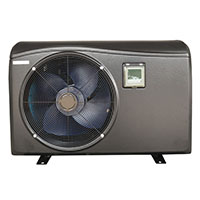 Swimming Pool Heat Pump
Swimming Pool Heat Pump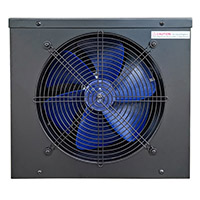 Ice Bath & Cold Plunge Chiller
Ice Bath & Cold Plunge Chiller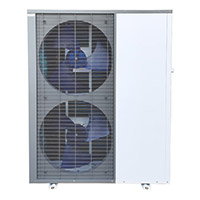 Heating & Cooling Heat Pump
Heating & Cooling Heat Pump Domestic Hot Water Heat Pump
Domestic Hot Water Heat Pump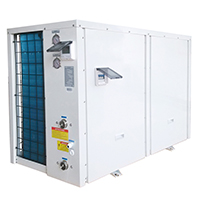 80℃ High Temperature Heat Pump
80℃ High Temperature Heat Pump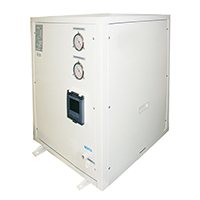 Geothermal / Water to Water Heat Pump
Geothermal / Water to Water Heat Pump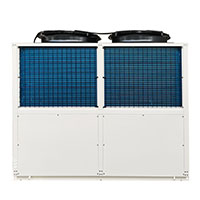 Commercial Industrial Heat Pump
Commercial Industrial Heat Pump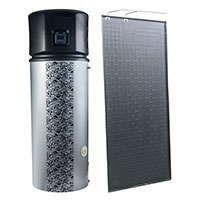 Solar Heat Pump
Solar Heat Pump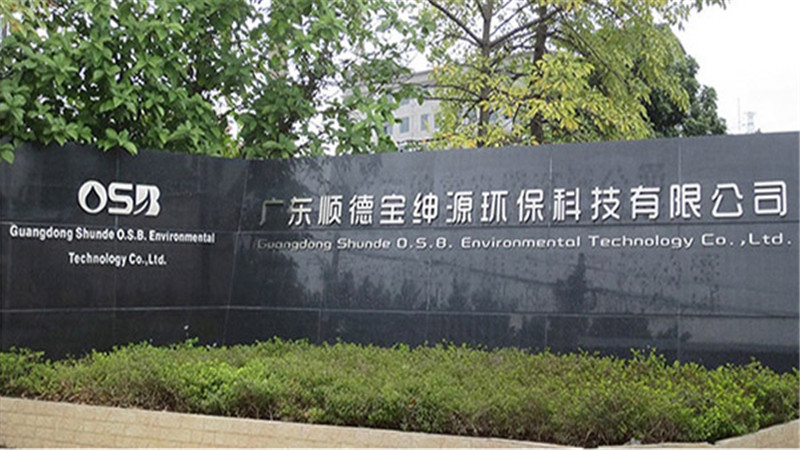 Company Profile
Company Profile Supplier Management System
Supplier Management System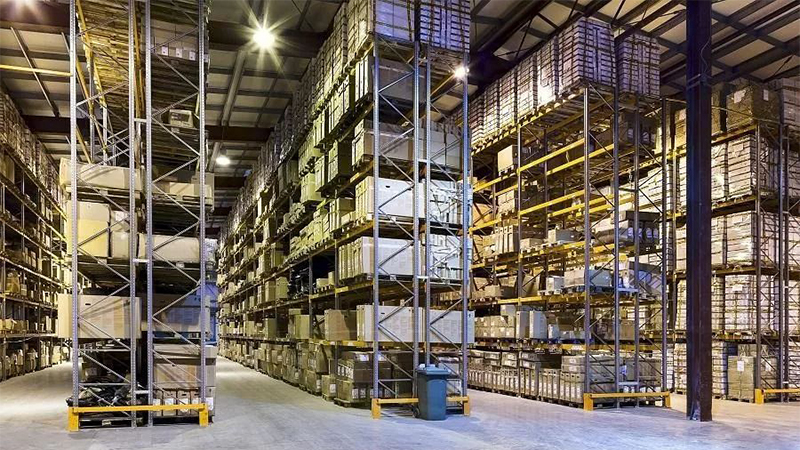 Material Management
Material Management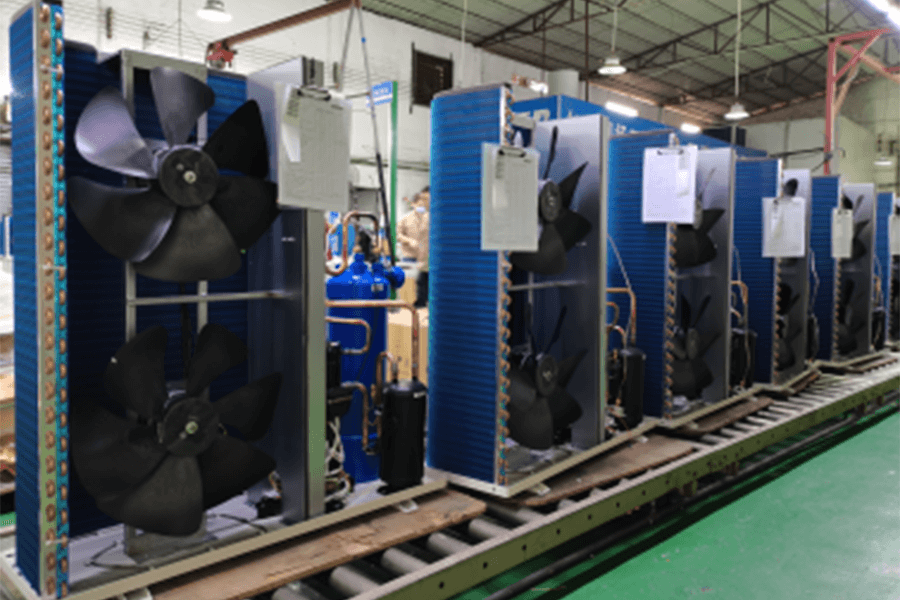 Production Process Management
Production Process Management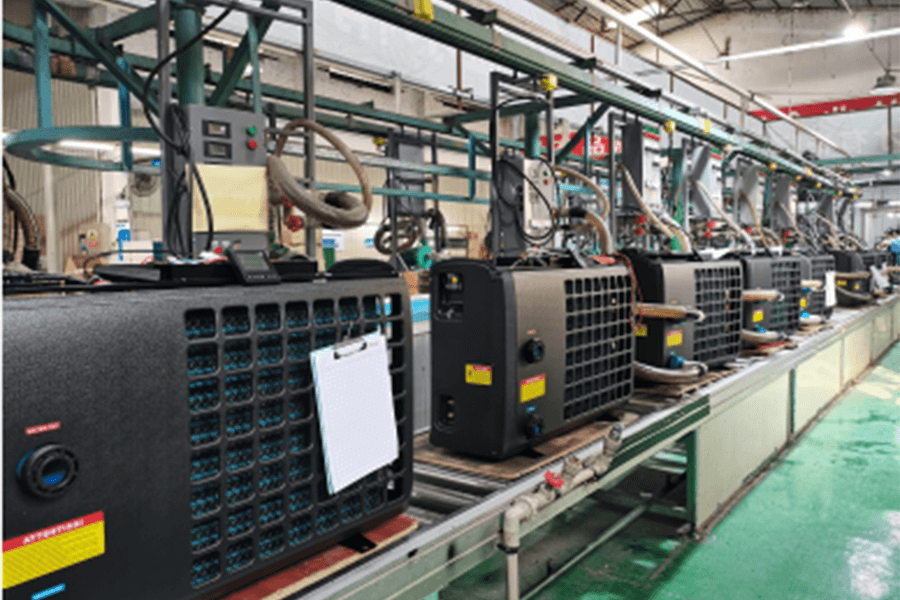 Product Inspection
Product Inspection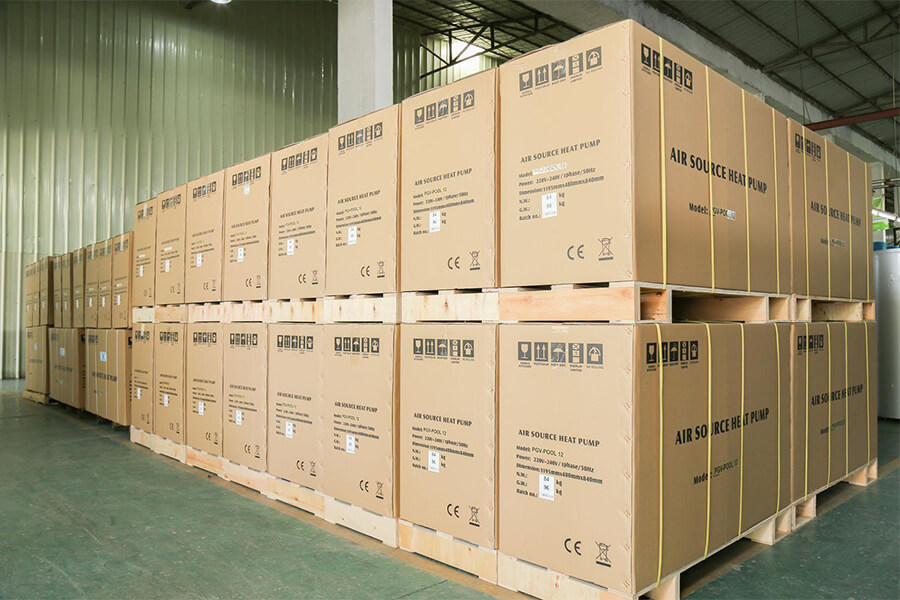 Packing & Shipping
Packing & Shipping After Sales Guarantee
After Sales Guarantee Certifications
Certifications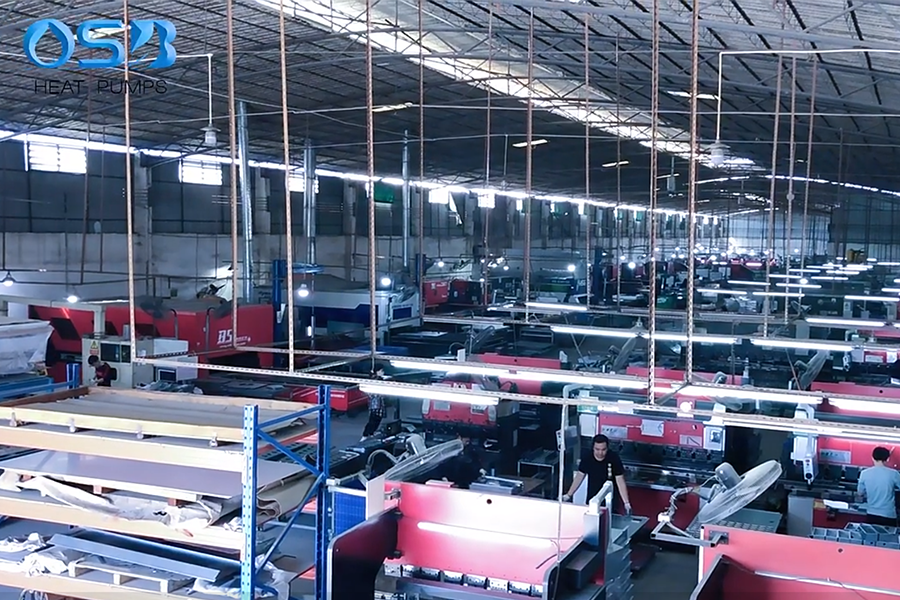 Stable Supply Chain
Stable Supply Chain Design Capability
Design Capability Production Efficiency
Production Efficiency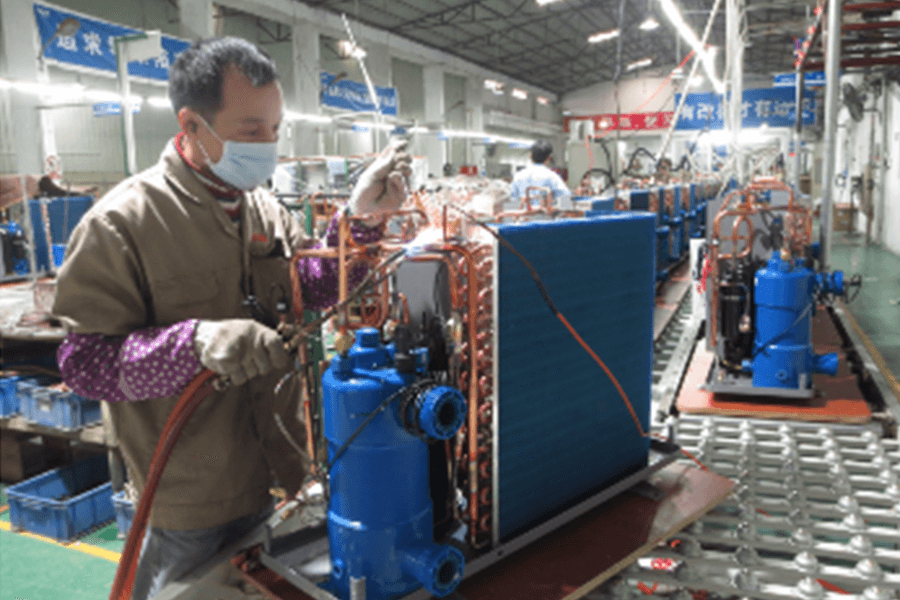 Skilled Workers and Advanced Production Process
Skilled Workers and Advanced Production Process Stable Cooperative Logistics
Stable Cooperative Logistics Team
Team Exhibition
Exhibition Advantages
Advantages Social Responsibility
Social Responsibility








